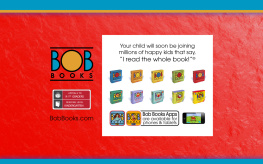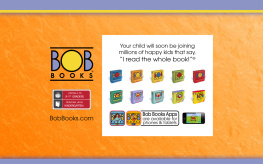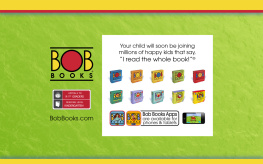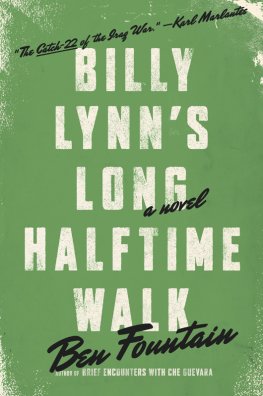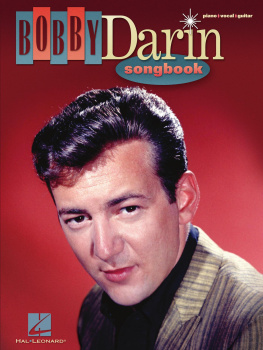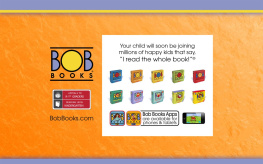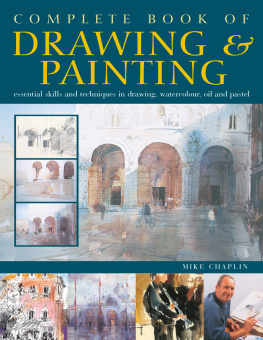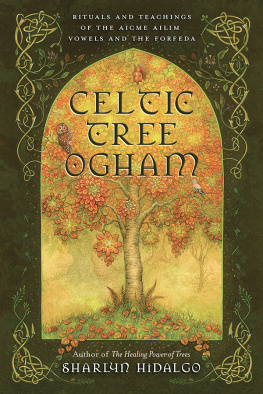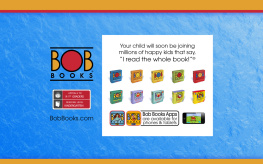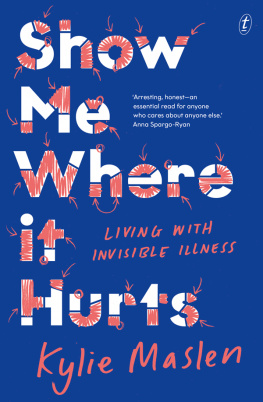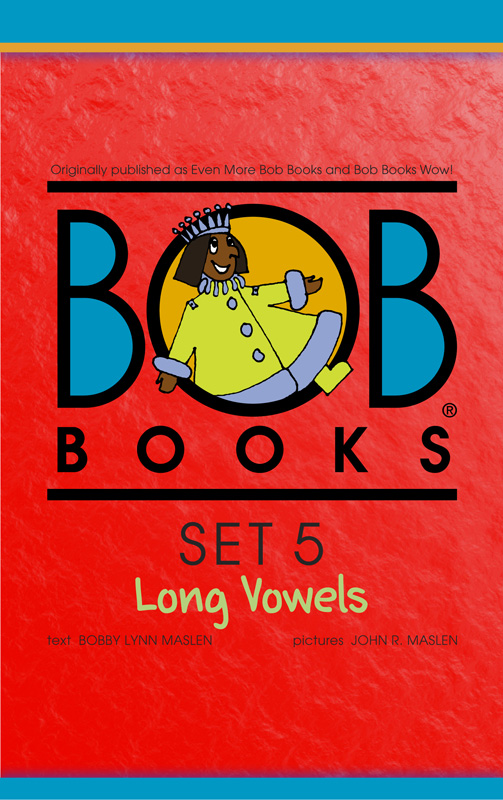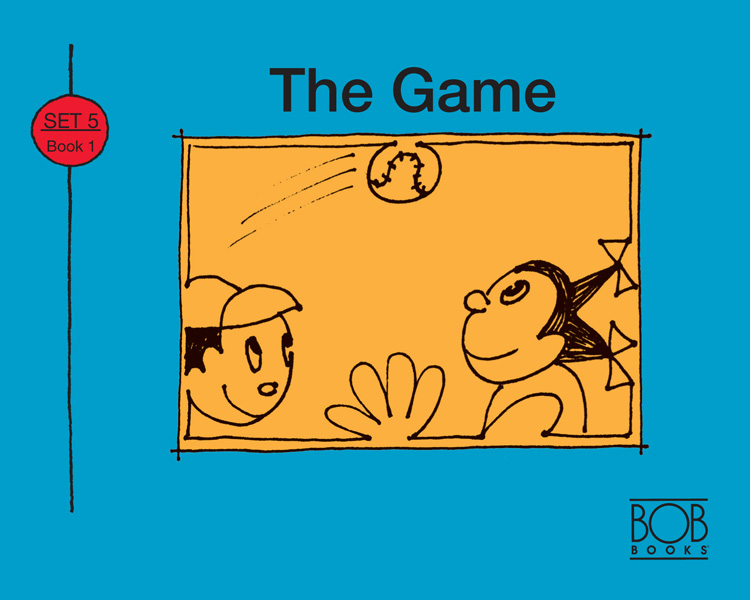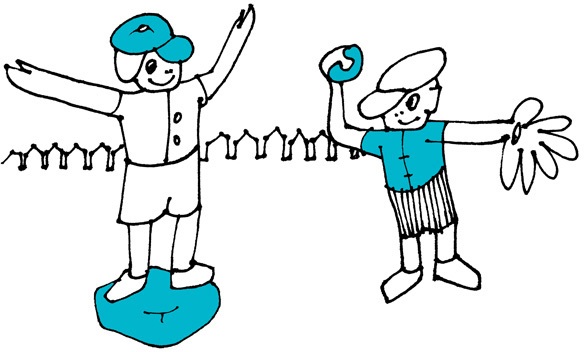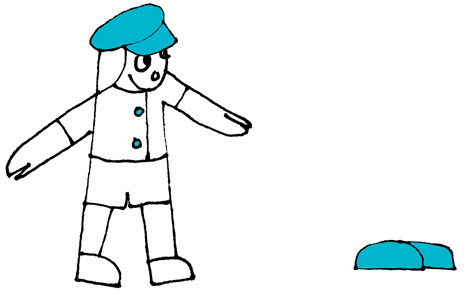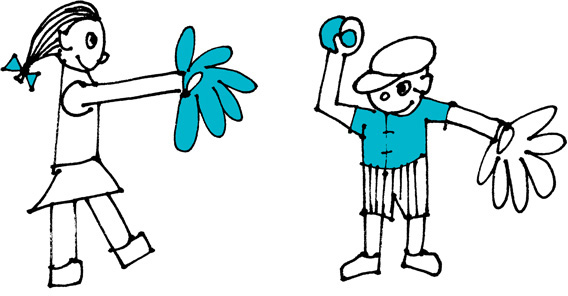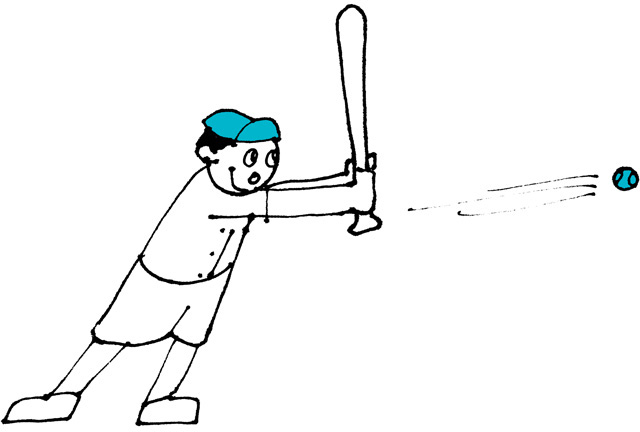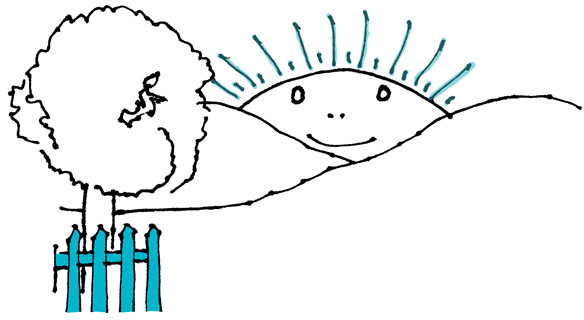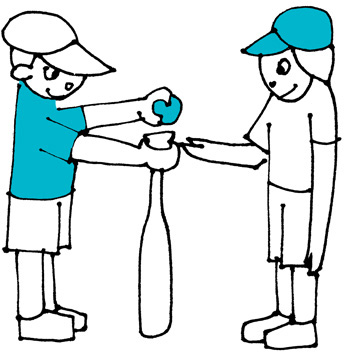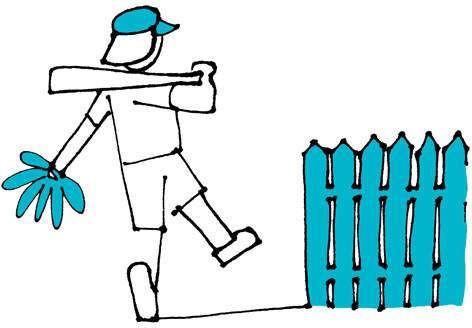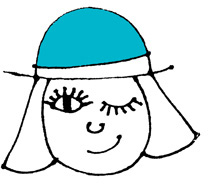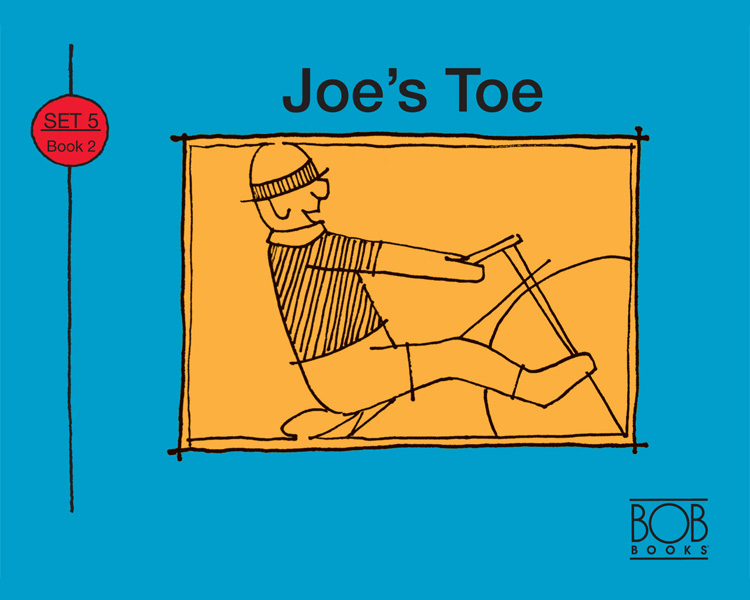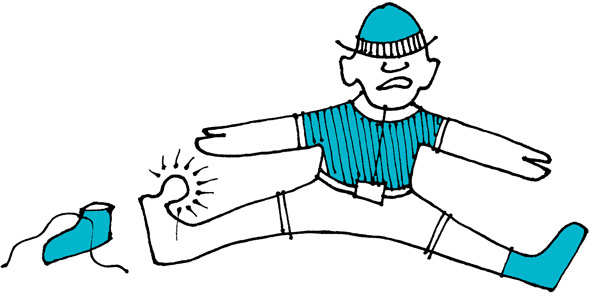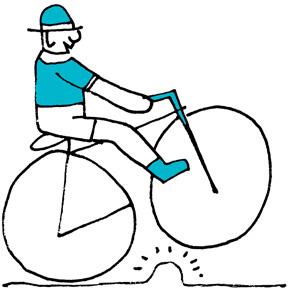No Part of this publication may be reproduced, stored in a retrieval system or transmitted in any form or by any means, electronic, mechanicial, recording or otherwise, without written permission of the publisher. For information regarding permission, write to Bob Books Publications at
The digital edition first published by Bob Books Publications, LLC in 2013. Published in print in the USA by Scholastic, Inc.
Copyright 2008 by Lynn Maslen Kertell. All rights reserved. Published by Bob Books New Initiatives, LLC. Bob Books is a registered trademark of Bob Books Publications, LLC.
Welcome to the World of Bob Books!
I love to read are wonderful words to hear from a young reader!
In Bob Books Sets #14, short vowels a, e, i, o, and u were the stars of the show.
Now, Bob Books Set 5 presents exciting and surprising stories for children ready for long vowels and the magic of the silent e. What is that magic? The light bulb turns on when children learn the rule, The letter e makes the vowel say its own name. A leap in learning occurs when children discover the secret! Jan becomes Jane, Sam becomes same, Mat becomes mate. Fun!
Your grandmother may have learned another rule, When two vowels go walking, the first does the talking. Youll find that it still works! When two vowels team up as a pair, the first vowel says its own name as in train, rain or brain, or coat, boat, or goat. Wow!
Bob Books Set 5 provides a big jump in reading as children prepare to graduate to chapter books. After a great beginning, they continue to love learning!
10 HINTS FOR TEACHING YOUR CHILD TO READ
Learning to read should be easy and fun. Here are Master Teacher Bobby Maslens suggestions for teaching children to read:
1. Continue to read to your student. Sharing wonderful books brings joy while expanding the young readers skills of analyzing, summarizing, and comprehension.
2. Make a list of words with silent e to reinforce the childs understanding.
3. List long vowel combinations. Together think of words that use each combination. Make word lists.
4. List compound words such as but-ter-fly . Separate syllables. Encourage your child to supply words for the fun of seeing how easy it is to read looong won-der-ful words.
5. List a word family vertically such as at. By adding different beginning sounds, how many words can you make in the family?
6. Write your childs dictation. Read the story together. Help make little books.
7. Tell a fantastic story, taking turns to complete the plot.
8. Write a short, simple sentence. Try to make a rhyme in the next sentence: Bud sat under the tree. The butterfly sat on his knee.
9. Encourage your student to read his Bob Books to relatives and friends. Repetition builds skills!
Most of all, have fun with reading.
2006 by Bobby Lynn Maslen ISBN C-RD9-86541-7
CONTENTS
The Game
by Bobby Lynn Maslen pictures by John R. Maslen
Jane had a ball and a bat. Jane liked lo play baseball. She liked to pitch the ball. She liked to hit the ball. She liked to run.
She called James and Jake and Dave and Kate. Lets play ball, she said. The game began.
Jane hit the ball. Dave ran and ran. He got the ball. Jane ran to the base. She ran as fast as she could.
Kate was playing first base. Dave threw the ball to Kate.
Jane made it to the base. Jane was safe on first base.
Jake threw the ball over the plate. James hit the ball hard.
Kate ran and ran. Kate got the ball. She threw it to the base.
James slid. James made it. He is O.K.
Jake made a long hit. He ran and ran. He got a home run.
The ball game went on and on. The game went on until the sun set.
Then Dave gave the ball and bat to Jane. The players were tired. The players were happy.
Jane took the ball and bat. Jane went home. That was the end of the game.
Joes Toe
by Bobby Lynn Maslen pictures by John R. Maslen

